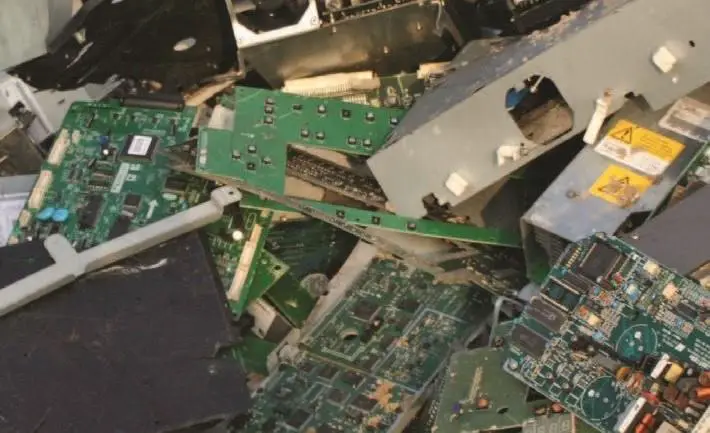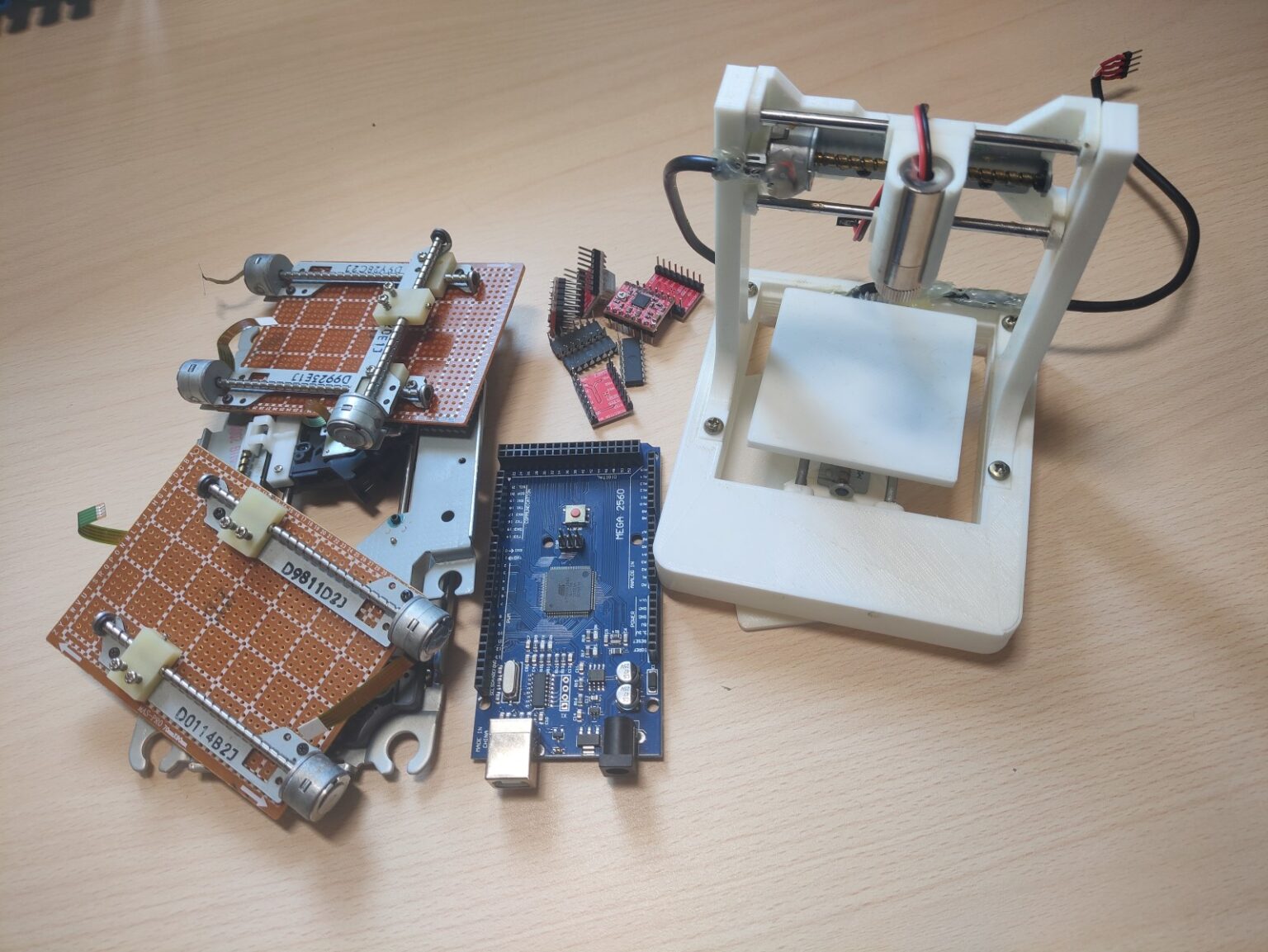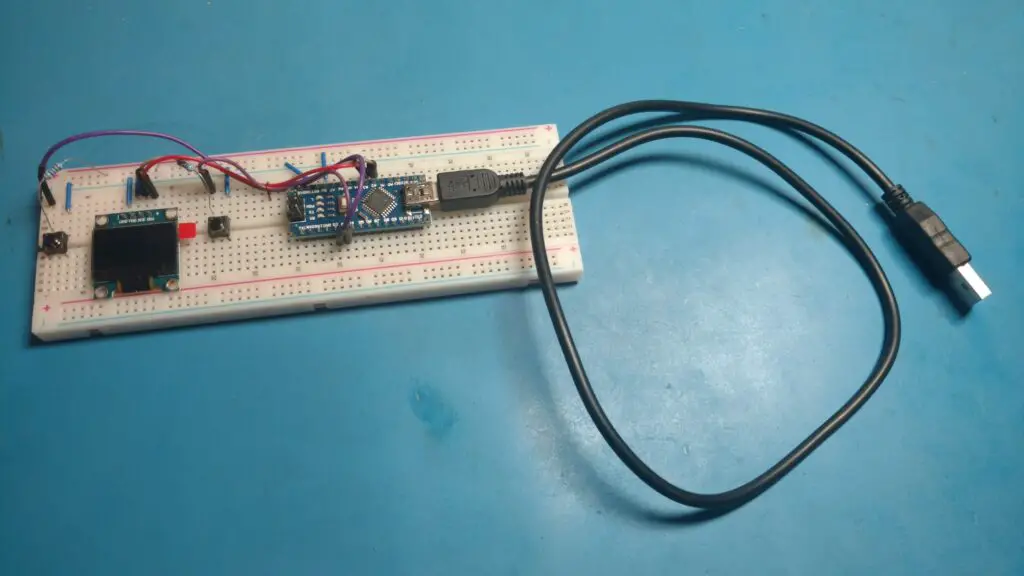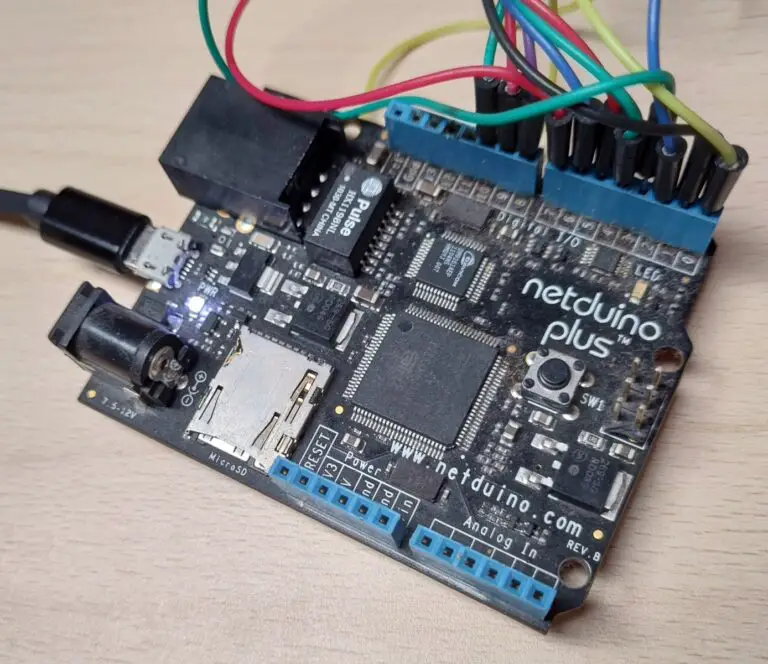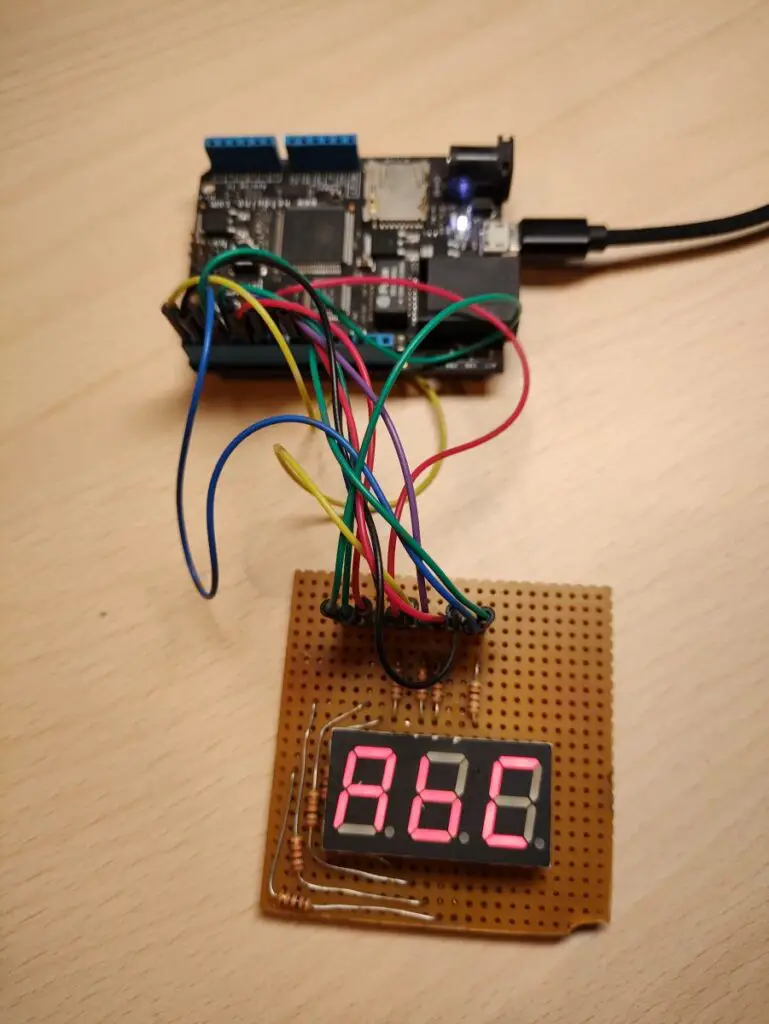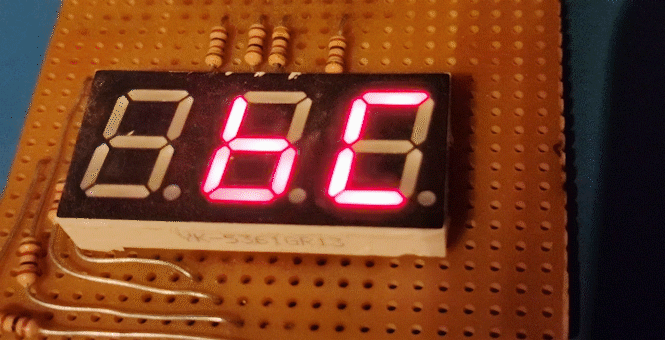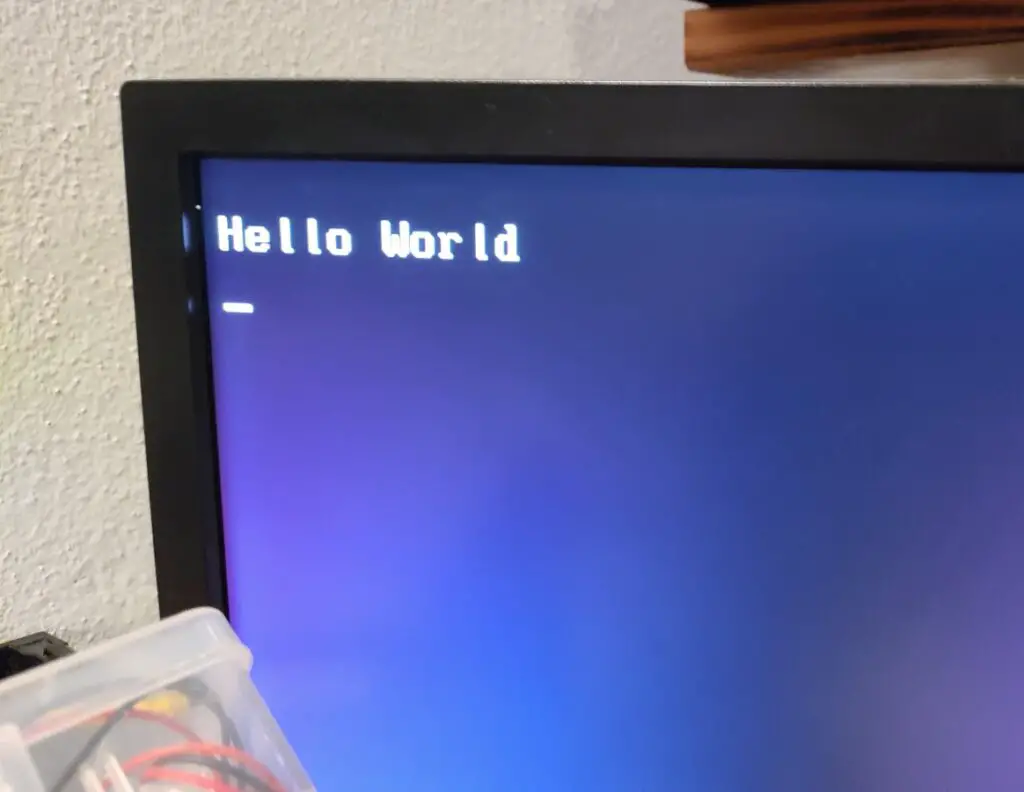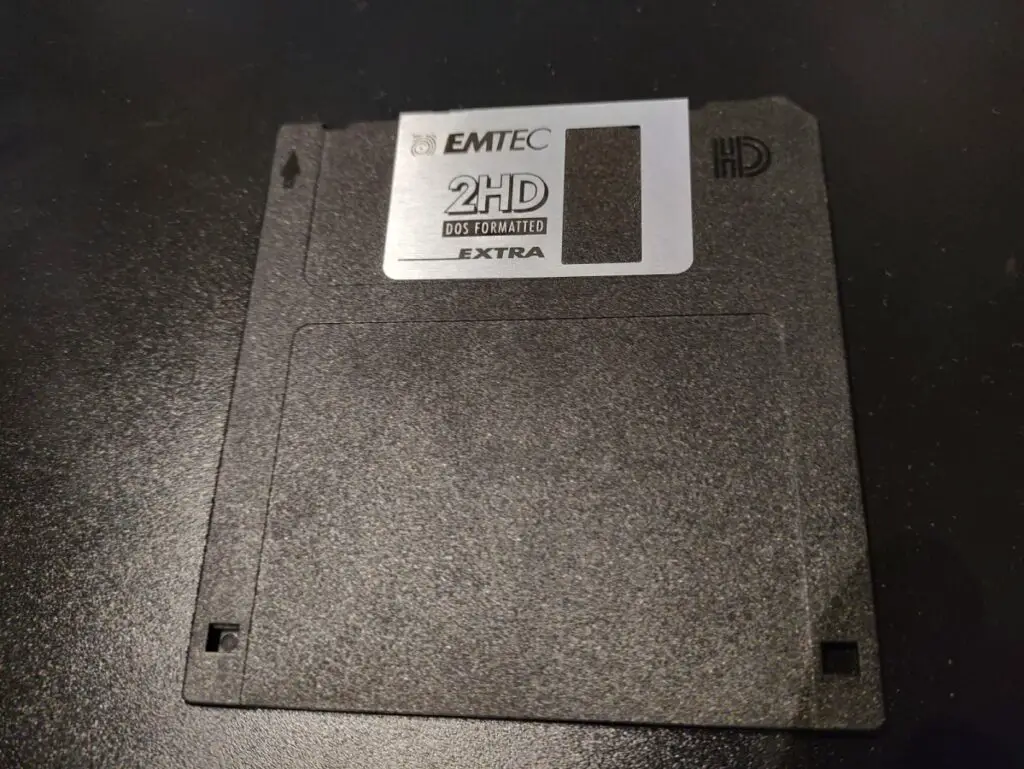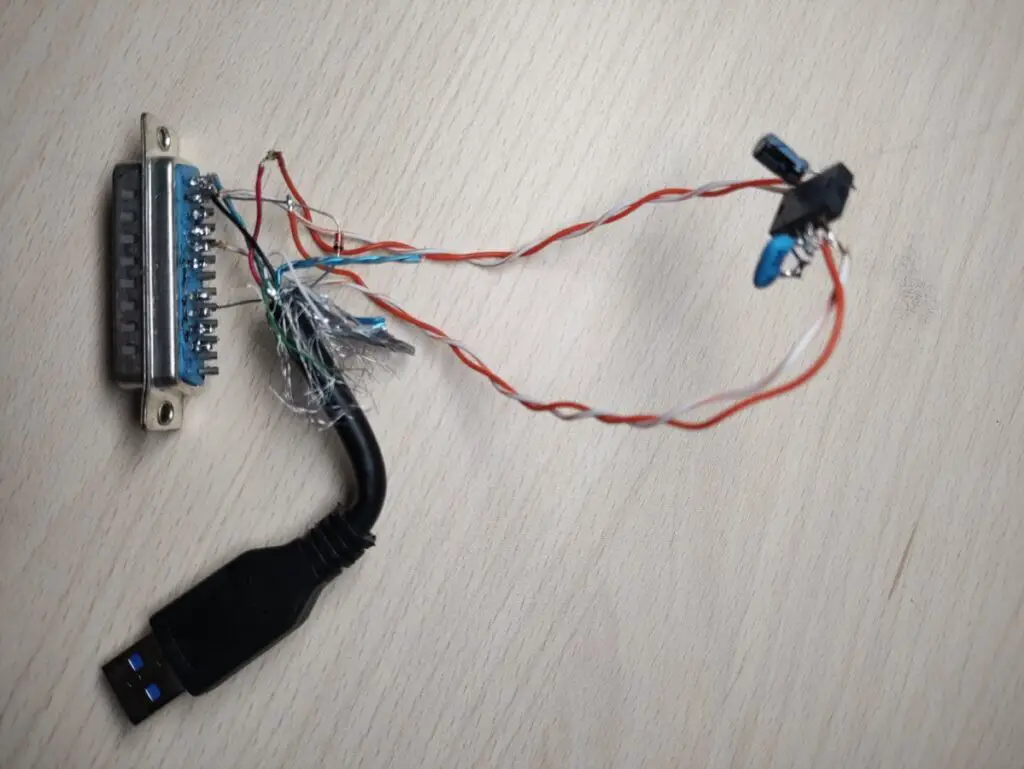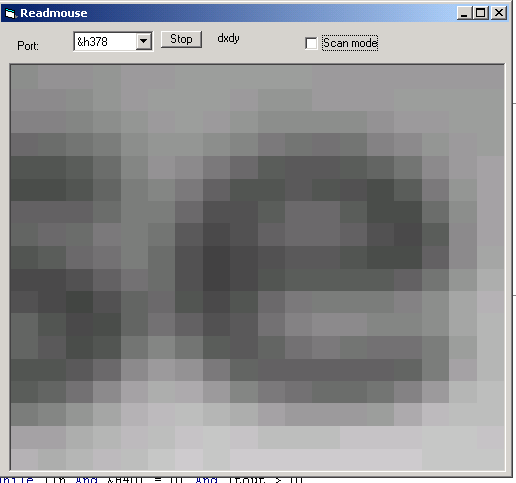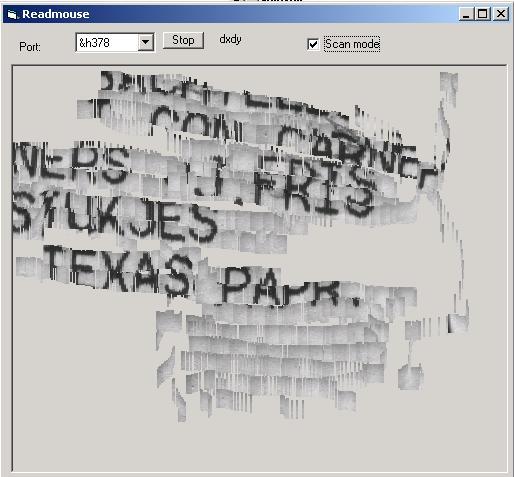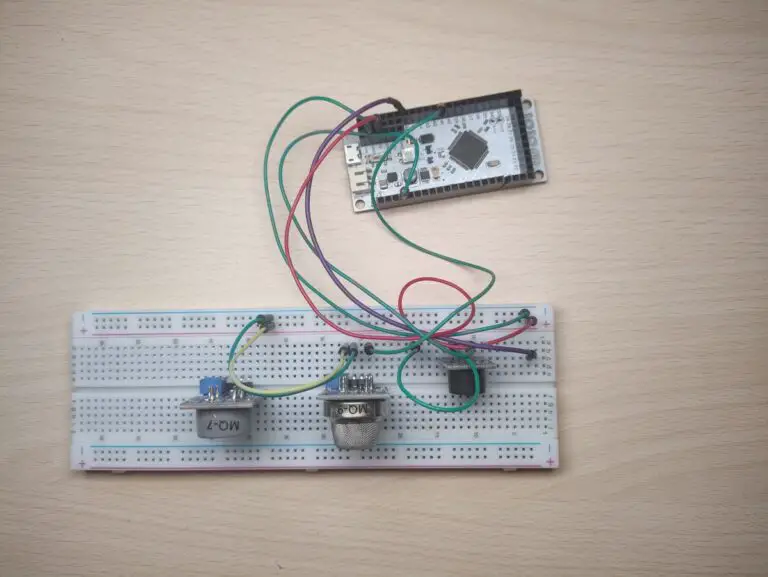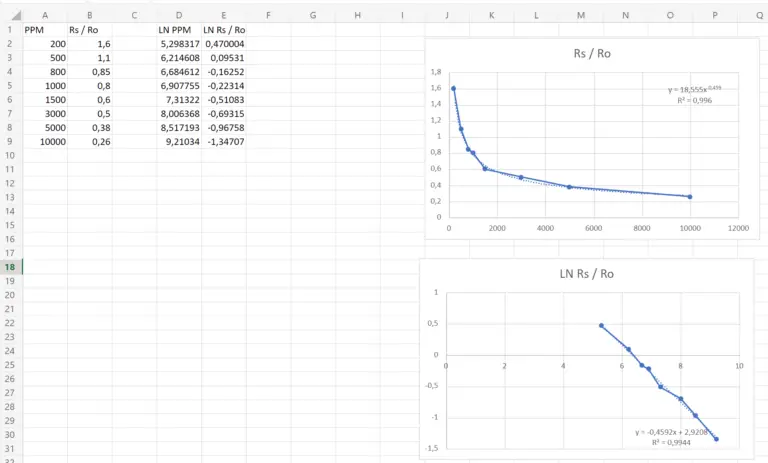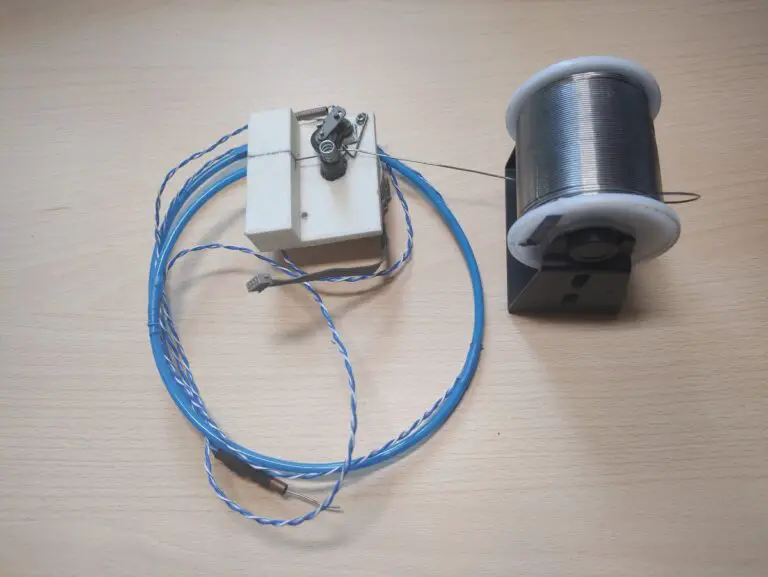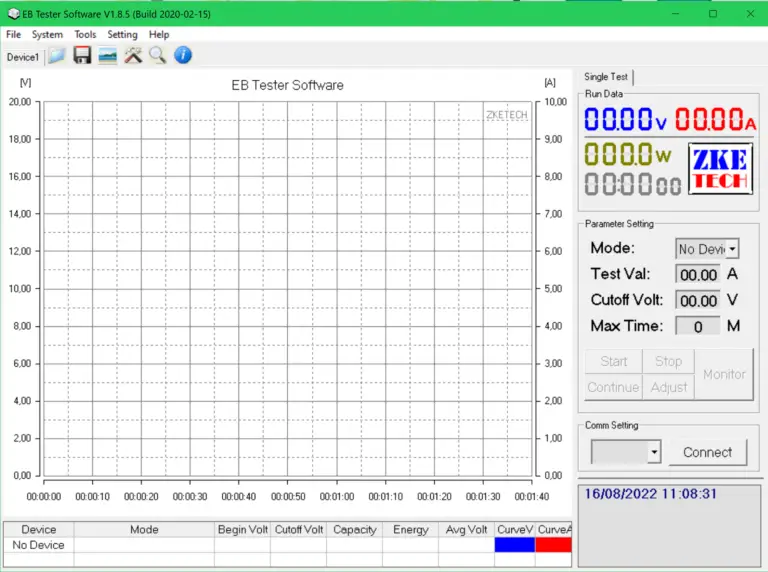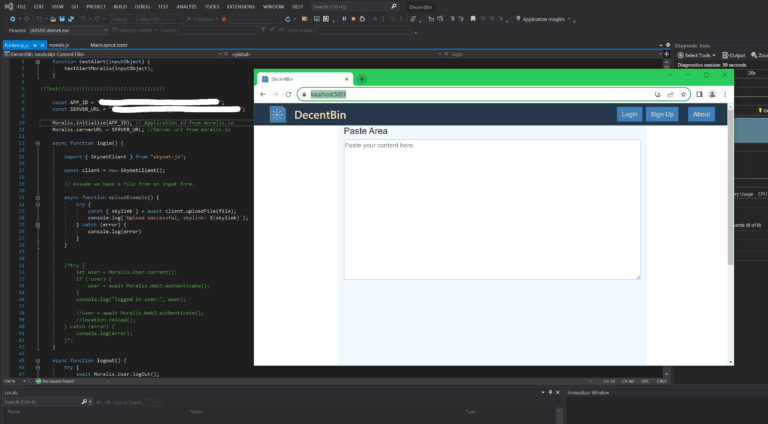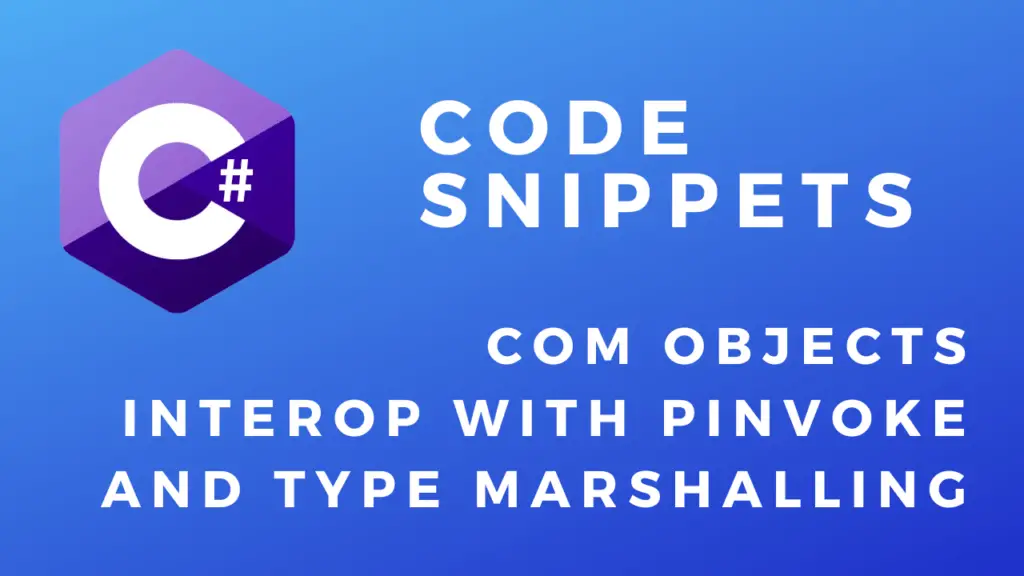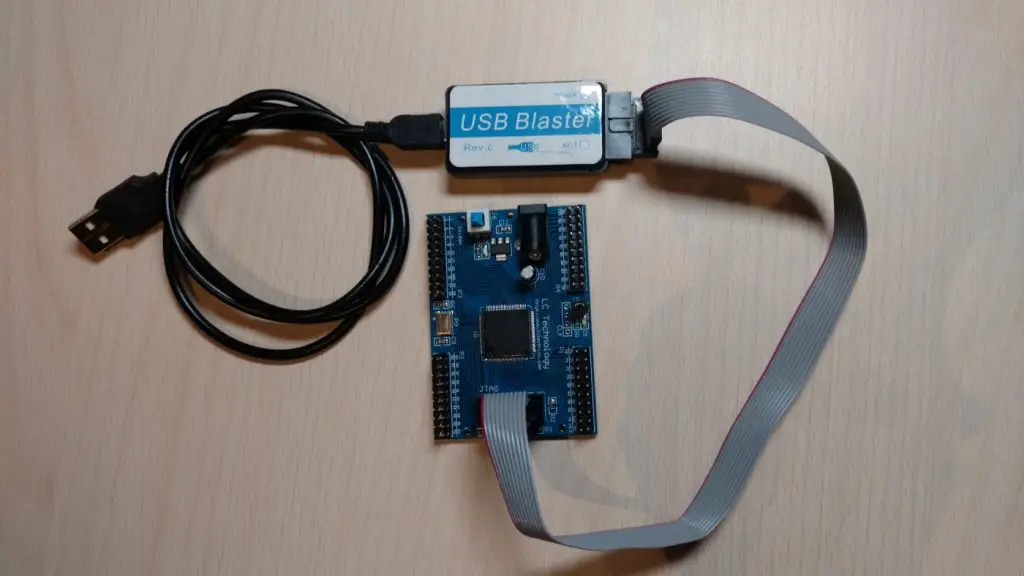About
Recently I decided to clean up my project backlog by either finishing or scraping the projects. A lot of times when I start something it eventually ends up being sidelined for months(or even years) for a multitude of reasons (being busy with other stuff, waiting for parts, forgetting about them, not feeling like it). In this post, I will document some of the ones that I decided to cancel/scrap, how far along I got and the reason I started the project in the first place and why scrapped it.
When you have too many projects and not enough time to finish them you should just cut your losses and scrap some of them. I think that a project should be fun, educational and produce something useful at the end. In general, I’d say that if a project should be at least two of those else you should probably scrap it. Obviously there are some exceptions and there will always be tedious and not so fun parts in every project that you just have to push through and get done.
DIY Laser Engraver
I started this project many years ago and worked on it from time to time. The idea was to make a DIY laser engraver including the PC software into which you would import an image and subsequently engrave it.
The image would be converted to black and white and it would be resized to the number of steps the steppers have(one step = one pixel). Then I would transform the brightness of the individual pixel into a combination of the lasers power and time over a certain area. Next, I would generate the code some sort of “G code” that could be used to specify the X and Y coordinates and set the power of the laser. Finally, the information would be sent over the serial port to the Arduino which would convert the “G code” into X/Y steps of the stepper motors and laser power/time over target.
I got as far as 3d printing and assembling the hardware, hooking up the stepper motors to the Arduino via the stepper drivers, and writing a test program that would move all the steppers from start to end.
In the end, I decided to cancel this project as I had no real use for it and at this point, I had nothing new to learn as far as software or electronics go.
Arduino Game Console
Netduino
This board and the whole Netduino project is now obsolete and not supported anymore. The board used an ARM Cortex-M 32-bit ARM processor and could be programmed with C# by using a .NET tech stack for embedded devices(.NET micro framework).
This meant you got all the nice C# features like for example garbage collection and you get Visual Studio as your IDE which in my opinion, it’s far better than the Arduino IDE(but bit more complex for beginners). However one of my favorite features was that you had an actual debugger for step by step debugging.
OS Development
Camera From Computer Mouse Sensor
Carbon Monoxide Smartphone Sensor
This is yet another project I started years ago. The idea here was to make a sensor that could be attached to a smartphone via USB OTG(on the go) and would measure dangerous gases like carbon monoxide, carbon dioxide, methane, LNG, … If the concentration would get too high it would warn you with a buzzer. If you wouldn’t respond and the phone wouldn’t register any movement from the accelerometer it could call for help on its own.
The interesting stuff I learned during this project was how to make an Android app and how to use the IOIO board to read the gas sensor.
To read the sensor you have to turn on the heater inside it. Then you turn it off and measure the resistance of the filament as it cools. Finally, you can use the measure resistance values to figure out what type of gas is present and in what quantity. You can do this by looking at the cart provided in the datasheet of the sensor.
I used linear interpolation to find the appropriate PPM value from the chart. However, before that, you also have to convert the logarithmic scale to a linear one. I did this in Excel using the LN() which gets the log of the number you input. After that, you get a more or less linear graph which you can use to interpolate the PPM value from.
Solder Dispenser
This is another project I started a while ago and haven’t touched for years. The idea here was to make a solder dispenser that would make it easier and faster to complete larger soldering jobs.
A stepper motor is used to pull solder off the spool and push it into a plastic pneumatic tube. The electronics and software are very straightforward. When the button on the end of the tube is pressed an Arduino with a stepper motor driver is used to turn the motor.
I scrapped this project as I had nothing new to learn from it. And the automatic solder dispenser isn’t something I need that much anyway.
ESP Firebase Temperature Sensor
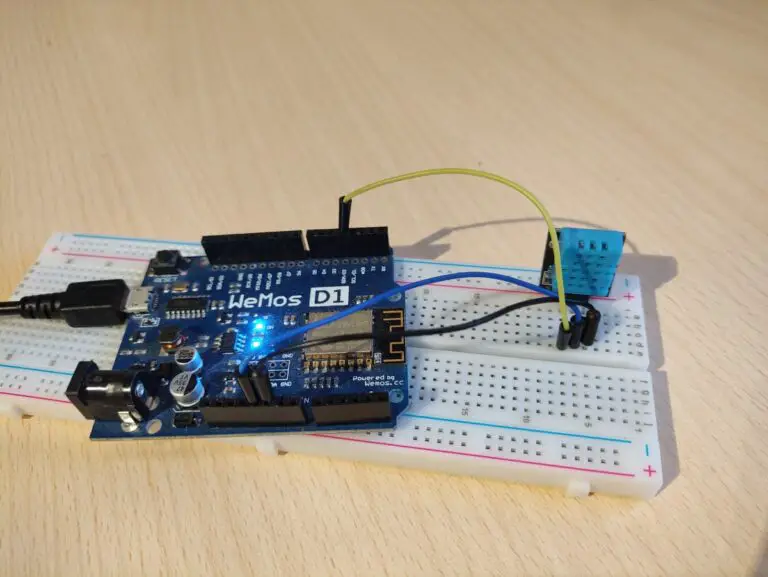
The idea here was to make an IoT temperature and humidity sensor that sends its values to Firebase(Google’s cloud NoSQL database) and then have those displayed on a webpage. I used a WeMos D1 development board with the ESP-8266 module and the DHT11 sensor.
I started this years ago and I got as far as sending the values to the database. I never finished it by making a web interface to display the values. At this point it’s pointless to finish as I wouldn’t learn anything new and I have no real use for it either.
